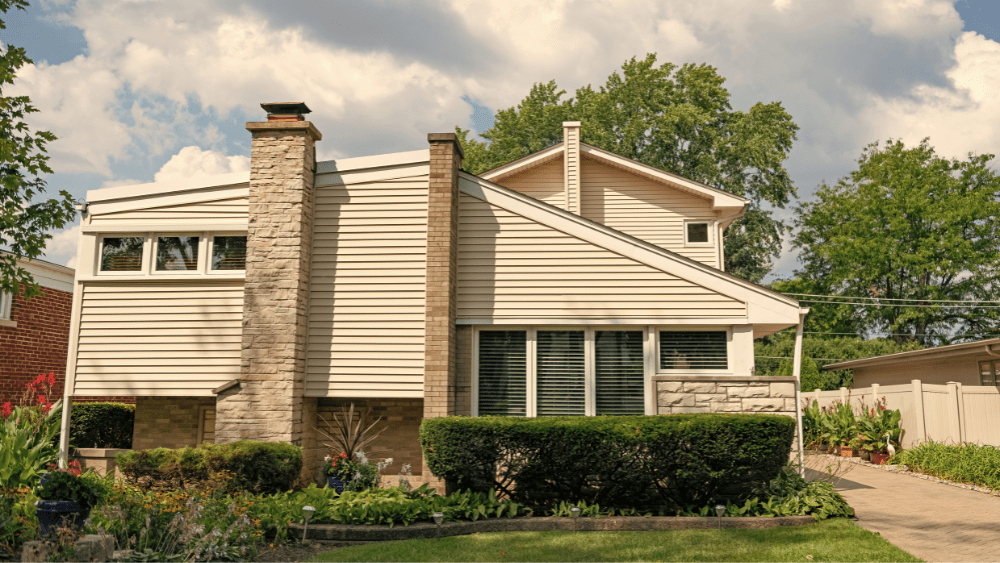
If a pipe bursts in the kitchen, you’re immediately on the phone with a plumber in one hand and scooping water into buckets with the other. But dirty gutters? A leaky faucet? That deep crack in the driveway? It can always be put off until tomorrow; that is, if these issues cross your radar at all. Homeowners procrastinate making necessary repairs for 10 months on average, according to a recent study by Consumer Affairs. The cost is the main reason for the wait, with the majority of homeowners saying they don’t have much savings set aside for home maintenance. But neglecting home repairs can make it more difficult when it comes time to sell. So, we’ve created this home maintenance schedule with a laser focus on the big-ticket issues that will haunt you down the road if they fall into disrepair. To carefully vet our top to-dos, we talked to real estate agents who’ve done hundreds of home repair negotiations and the executive director of the National Home Service Contract Association, which educates consumers and regulators on the repair and replacement of household appliances. Get all the details you need for each maintenance task below. Then, with a simple click of a button, you can directly transfer the year-round home maintenance schedule to your own Google calendar, and keep yourself accountable. Excessive exposure to water makes your home vulnerable to problems like mold and pests, and will eventually spoil its overall structural integrity. Gutters keep rain and water away from the side of your home, and without regular maintenance, stuffed gutters can’t do their job. Water will overflow and drown your foundation, and cause soil erosion around your home. In addition, when gutters get too heavy they can fall off your roof, cause leaks, and $2,000 on average for gutter replacement. Not sure how to tackle cleaning the gutters? Use this handy step-by-step tutorial from Bob Vila, an expert DIY home improvement source. One of the most affordable ways to keep your bathroom in top-notch condition? Recaulk your tub, showers, and bathroom tiles to prevent mold and water damage. Caulk acts as a sealant to prevent fixtures, such as your toilets, showers and tubs, from leaking. But overtime, caulk harbors bacteria, mildew, and odors, which permanently discolor the once-clean white borders. Check your caulk’s condition at least once a year for any signs of visible leaks, discoloration, or damage — but at the very least, tackle this job once every 5 years. Your larger and often-used appliances like the refrigerator, washing machine, and dishwasher need a deep clean and inspection at least once a year. A yearly checkup helps you spot any leaks and schedule a tune-up with a professional if necessary. The best way to control mildew and mold is to rein in moisture and dampness. Regular upkeep can keep the appliances running efficiently and even extend their lives. If you find a small pool of water under your refrigerator, check the drain pan under the fridge. A crack in the drain pan, which captures the condensation from your fridge, might be the cause of leaks. You’ll need to contact your manufacturer or a technician to replace or repair that part of the fridge. If you live in an area that experiences heavy storms and rainfall, you should check on your sump pump at least once a year. Its sole purpose is to pump out excess water from your home in the case of heavy rainfall or storm. Roto-Rooter, a top plumbing service in the US that has been operating since 1935, offers a quick sump pump inspection guide that any homeowner can consult. “Test the sump pump to make sure that it works because the home inspector is going to test this,” says Jennifer Hupke, a top-selling real estate agent in Milwaukee, Wisconsin. You don’t want to find out that it’s broken during a storm because of the flood in your basement. “A lot of people will put battery backups on their sump pumps because if for whatever reason the power goes out and the sump pump stops working and it pours, that’s going to all end up in your basement.”Maintenance priority: Prevent water damage
Maintenance tasks
1. Clear out the gutters (Frequency: at least twice a year)
2. Recaulk your bathroom fixtures (Frequency: Once every 5 years)
3. Check your major appliances for leaks (Frequency: at least once a year)
4. Test your sump pump (Frequency: at least once a year)



